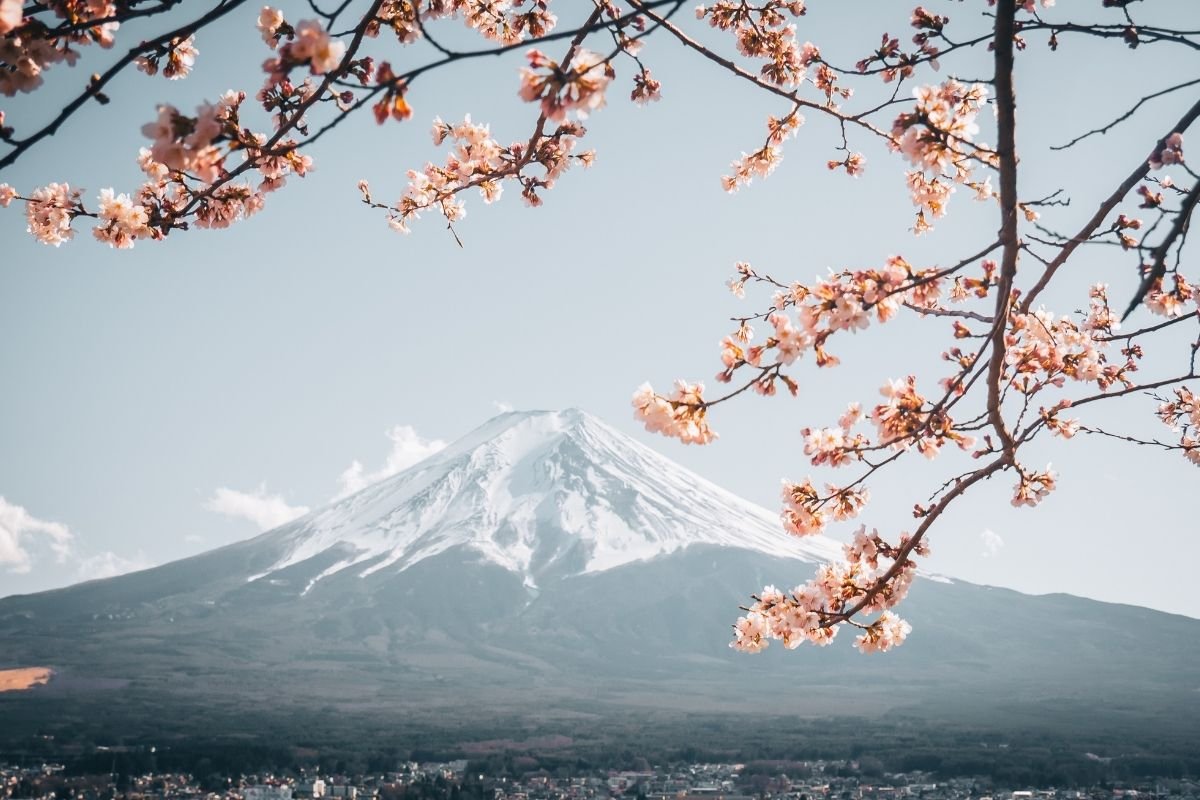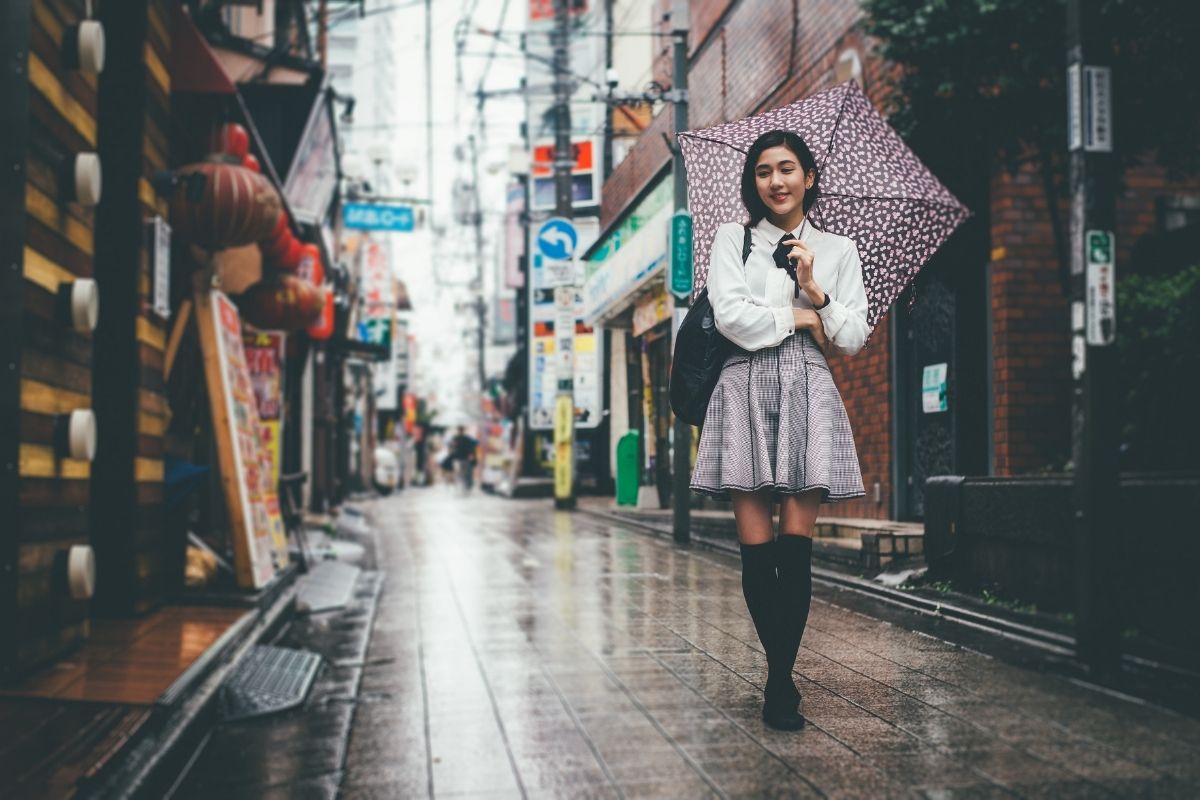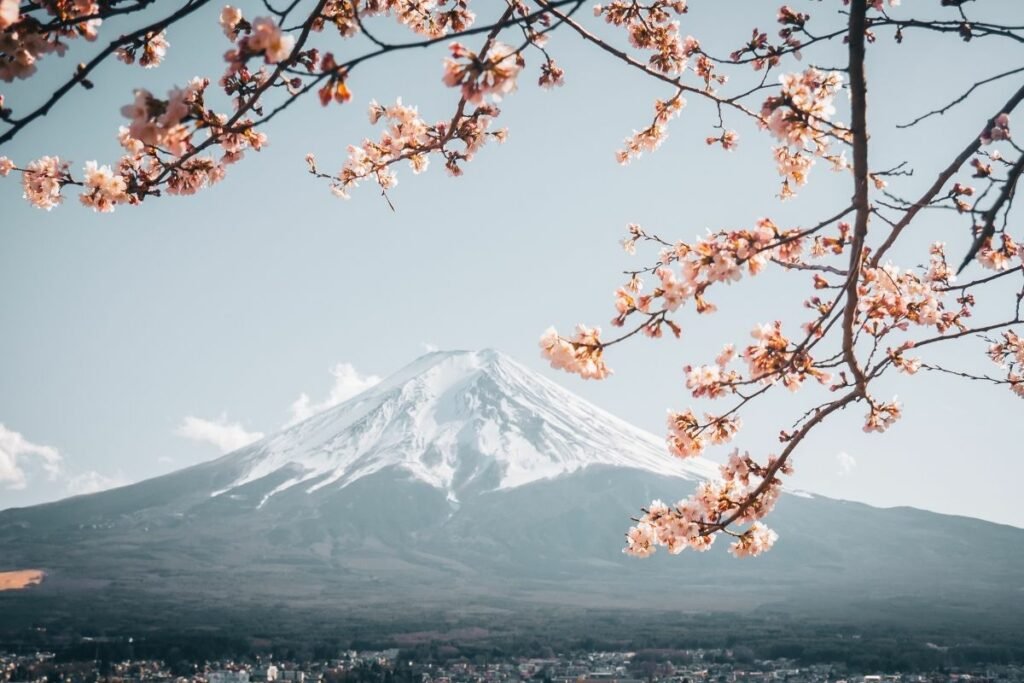Japan is one of the world’s leading tourist destinations and is famed for its incredibly interesting history and culture, which is very unique and distinct.
A driving force behind Japan’s increasing popularity as a tourist destination is the export of Japanese culture, which can be seen in the rise in popularity of anime in other countries, and other major exports which have attracted many people to Japan.

A big part of preparing for any trip to Japan is knowing what the climate is like, as this will affect everything from what clothing you pack to how you plan and structure your visit, and even when you decide to visit.
As an island nation right on the edge of the pacific ocean, Japan gets a lot of extreme weather and has a very varied climate, so there’s a lot to unpack and plan for.
In this guide, we’re going to look at the major aspects of Japan’s unique climate, as well as other important and interesting facts about the country and its weather to give you a better understanding of how to prepare, as well as how to remain safe (see also ‘How Safe is Japan?‘) and ensure you have the best visit possible.
The Four Seasons Of Japan
Japan is an island nation and is actually a fairly large archipelago made up of many large and small islands which extend roughly north to south.
As it covers quite a large area and has a significant landmass at varying latitudes and altitudes, the country is subject to various climates and these can vary significantly as with any island nation.
There are both subtropical zones to subpolar zones, however, the majority of the country is firmly in the temperate zone, and as such has four seasons that are well defined and distinct.
A famous part of Japanese culture and climate is how distinct each of the four seasons is compared to other parts of the world.
This is due in part to the major ocean currents and seasonal monsoon winds which buffer the island from all sides.
The two most dominant winds that buffet Japan are the southeasterly monsoon winds which come from the massive Pacific Ocean, and the northwesterly winds that sweep down from Siberia in the winter, bringing extremely cold temperatures.
The ocean currents are also important, with the Kuroshio Current (also known as the Japanese current) flowing northwards on the Pacific coast of the island, and the colder Oyashio current which flows southwards.
What Is The Weather Like In Japan?
As a temperate island country, Japan gets quite a lot of rainfall and this makes Japan a very lush part of the world, with many unique plants and animals (see also ‘Are There Pandas In Japan?‘).
The rainy season begins in May and continues through July, lasting some 6 or so weeks, and bringing much rainfall. In the late summer, Japan is also subject to very powerful typhoons, which can cause significant damage to infrastructure.
Annual precipitation ranges from 1000 to 2500mm, however, some areas get up to 4000mm a year, which is the highest rainfall in a subtropical latitude anywhere in the world, indicating just how wet Japanese weather can be in some areas.
The winters are also very cold, due to the chill Siberian winds, and as such, the average winter temperature in Japan is just 5.1 degrees Celsius.
Summers can be quite warm, however, with temperatures in the region of 25 degrees Celsius.
The highest temperature ever recorded in Japan is 40.9 degrees Celsius, while the lowest ever recorded temperature is -41 degrees Celsius, indicating a very wide range of potential temperatures at different times of the year.
What Type Of Climate Is Japan?

As a most temperate and subtropical climate, Japan is a very wet and rainy country.
While there are also periods of sunlight, the country is subject to severe storms, particularly in the rainy season, and these are only made worse by the typhoons which pass by or over Japan, bringing hurricane winds and massive amounts of rainfall.
Japanese weather can be so extreme that the country has very strict building regulations and specifications, and very well trained and prepared rescue services to handle the destruction that Japan is subjected to year after year.
Does Japan Have A Lot Of Natural Disasters?
Japan is in a very tectonically active part of the world, very near to major fault lines between the tectonic plates of Asia and the Pacific.
As a result, earthquakes are very common, and these can lead to all sorts of adverse effects, one of the most famous recent examples being the tsunami that led to the Fukushima nuclear disaster in 2011.
Typhoons are a regular occurrence that brings considerable danger and disaster, while floods and landslides are a constant concern due to the sheer amount of rainfall the country has to deal with.
Final Thoughts
Japan is one of the world’s most amazing and unique countries, with a very distinctive culture and history.
While the climate is temperate and quite rainy, the country does get its fair share of sunlight, particularly after and before the rainy season.
There are distinctive seasons, and while it may not be desirable to visit during the rainy season, there is a strange beauty in witnessing the sheer power of Japan’s weather systems, as well as the beautiful and lush vegetation that is sustained by the amount of rain the country receives.









